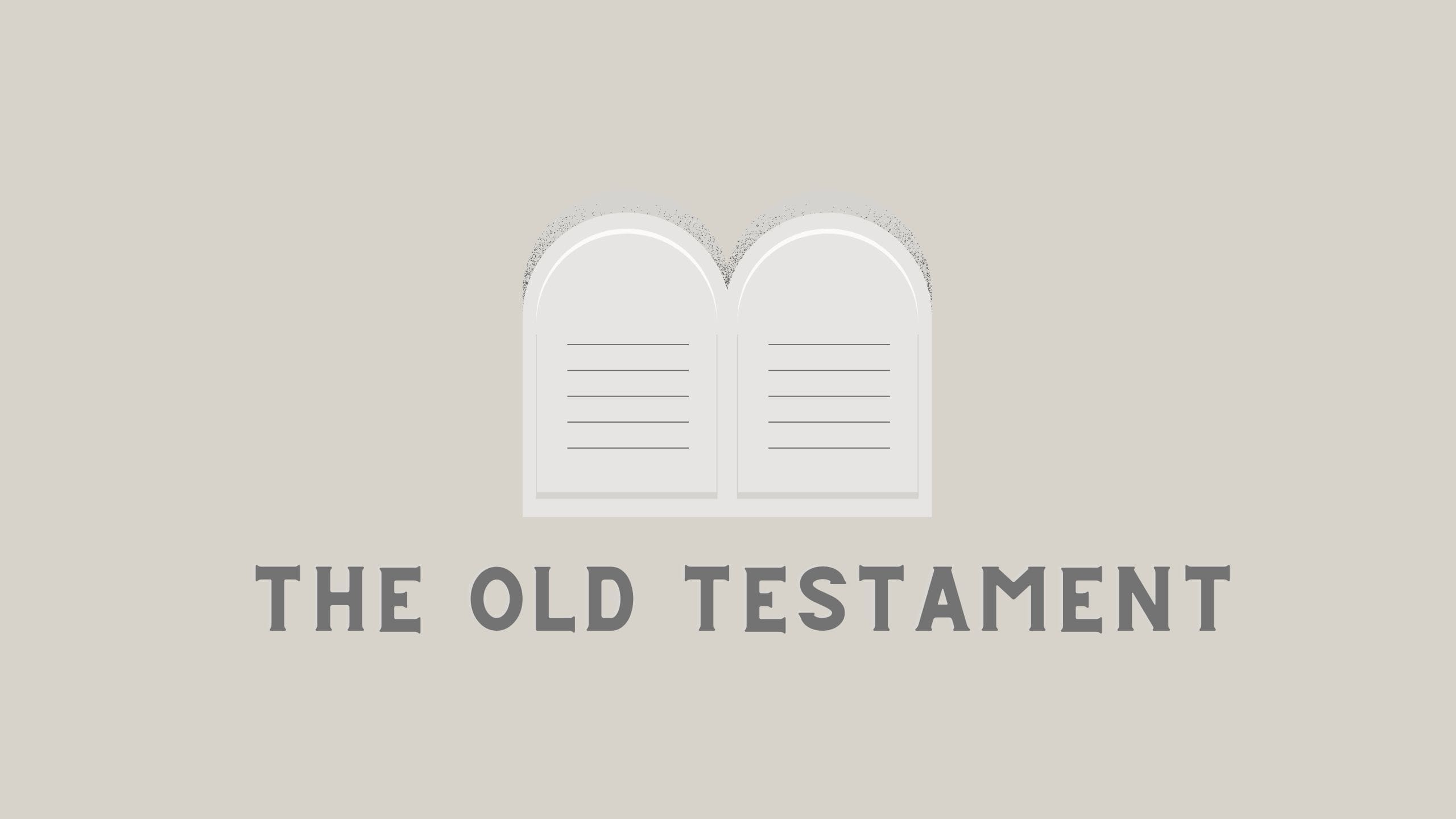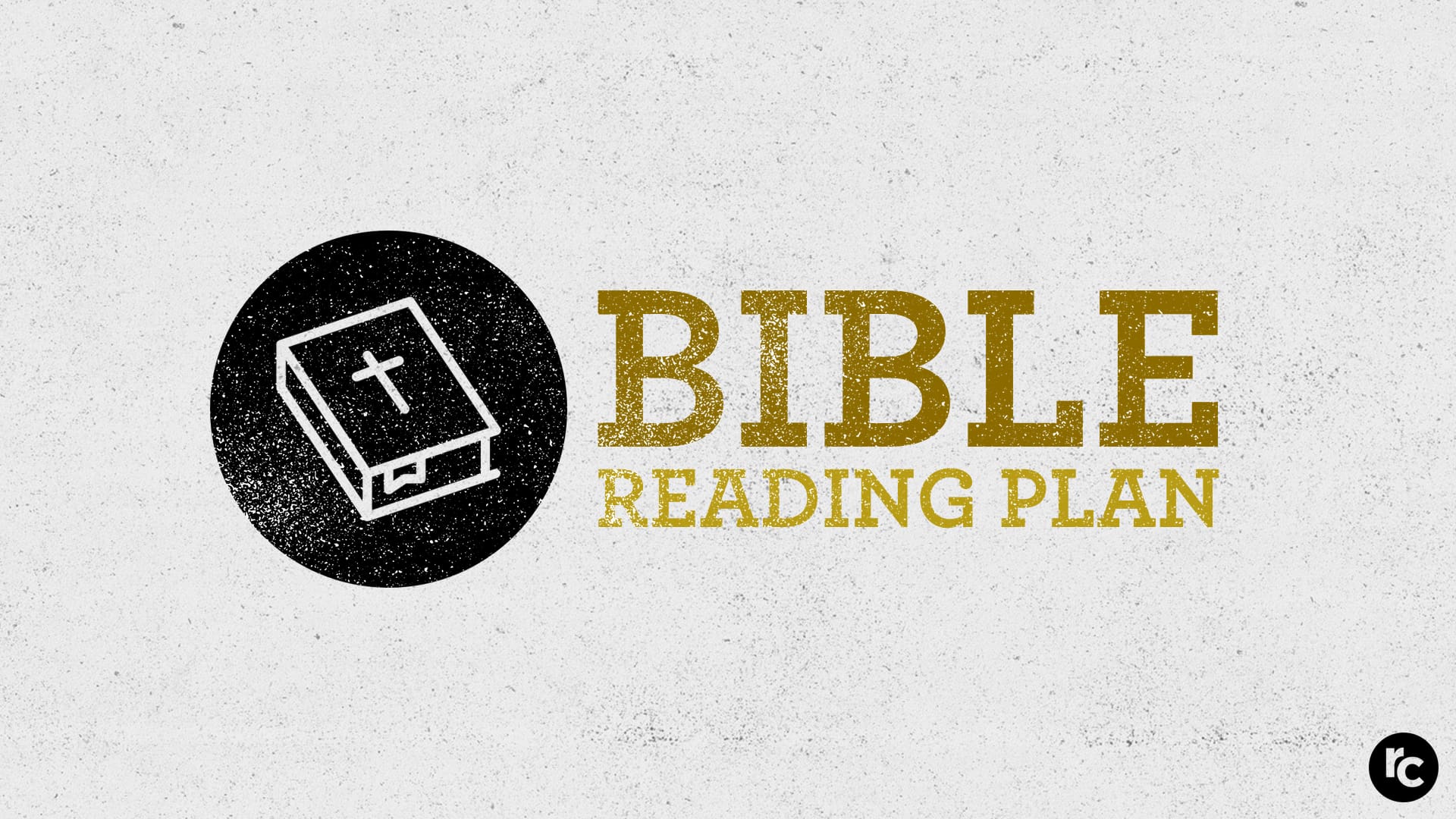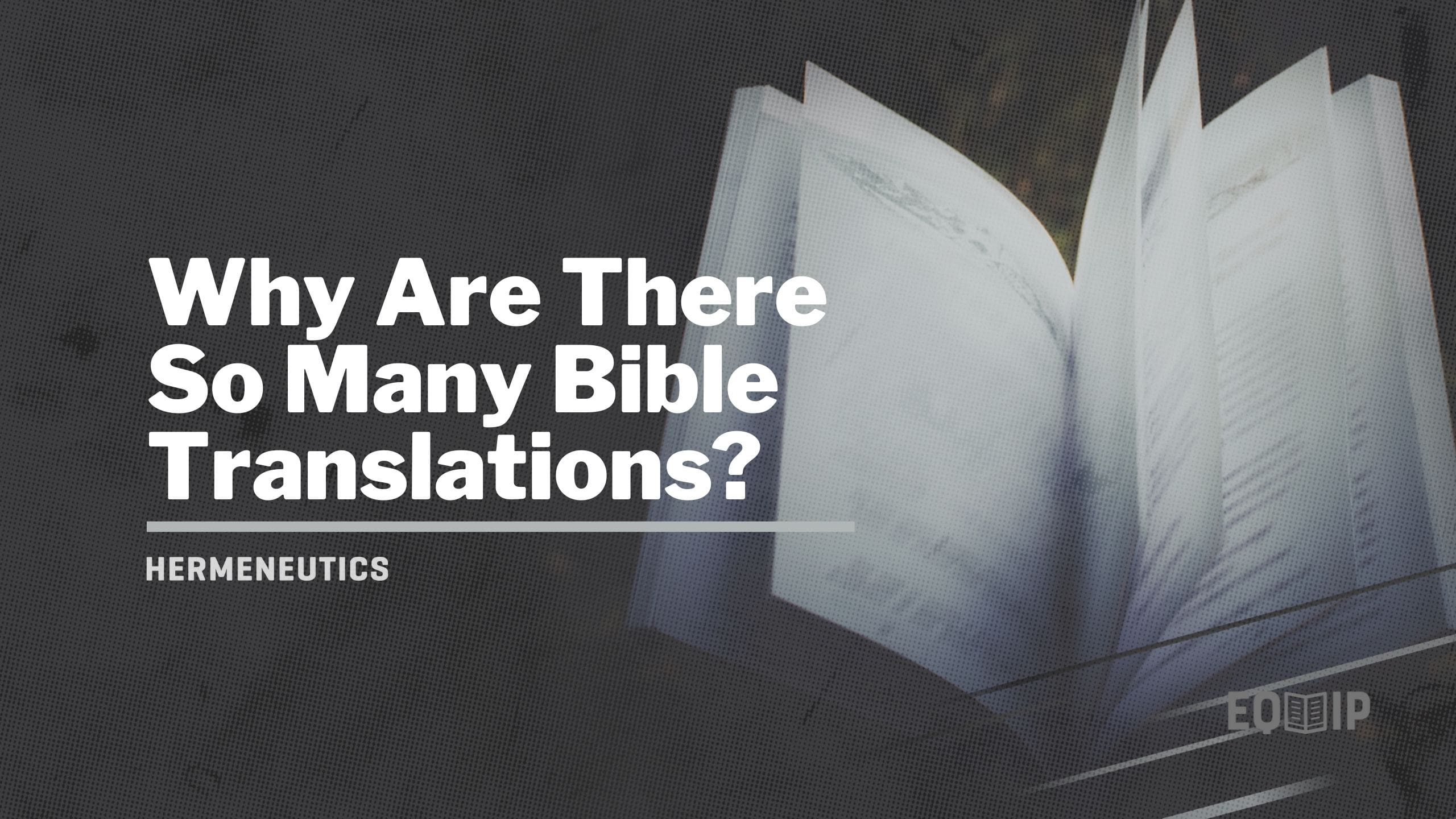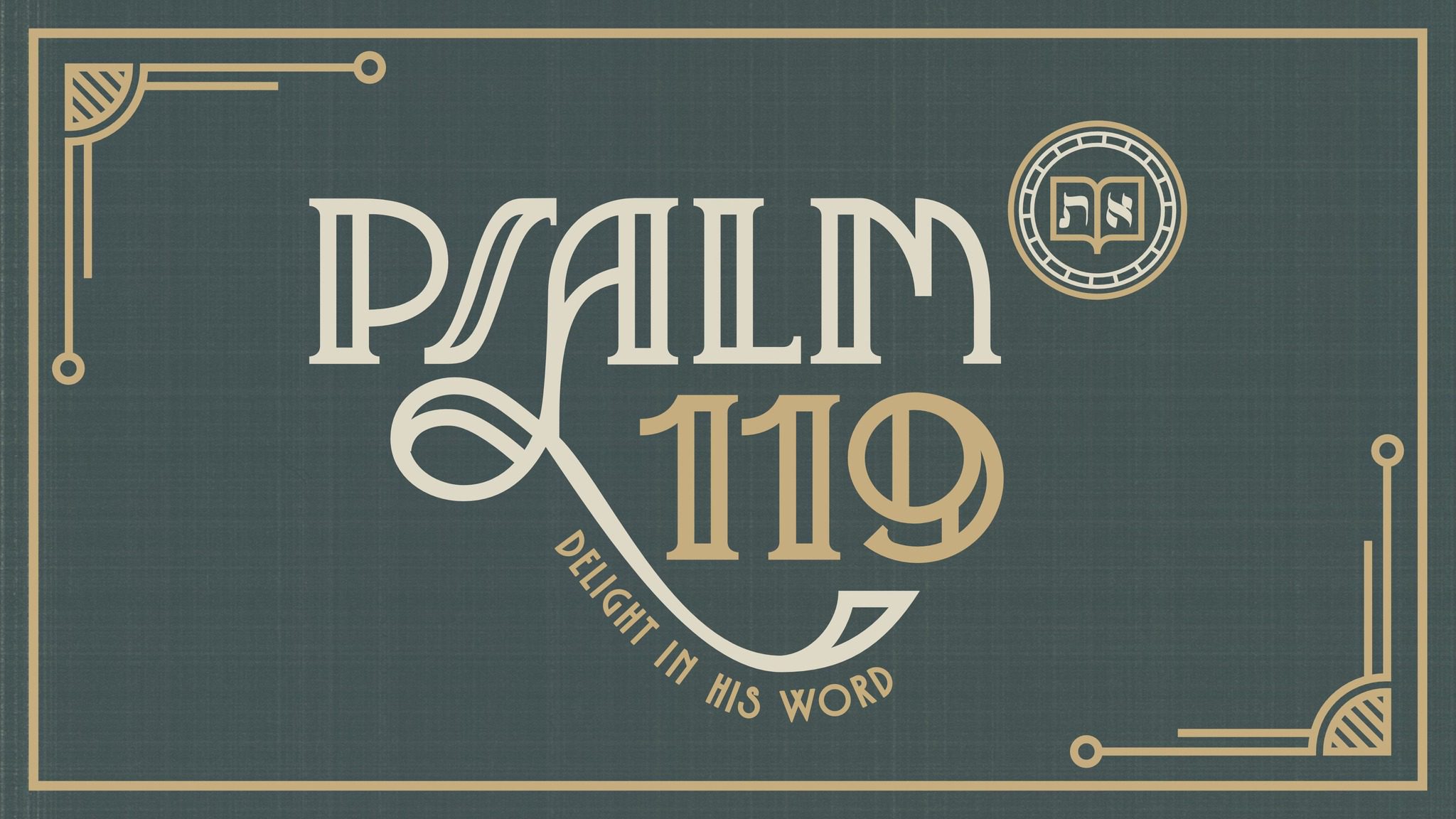Theological Epistemology: Special Revelation
- Theology is Possible because God Speaks To Us: Special Revelation is possible because of the Personal and Self Revelation of God. God reveals Himself in the mediums of Scripture and the Incarnation.
- Theology is Possible because God Speaks For Us: God’s self-revelation is not random or disconnected revelations. Rather, it is Meta-Narrative (Big Story) of Scripture which proclaims and points towards God’s mission of redemption in His Son.
The source and grounding of our Theological reflection is Worship; Worship of the God who communicates Himself to us and for us via Scripture, His Incarnation, and His Spirit.
The Mode of Special Revelation: Doctrine of Inspiration
- Word for Word Approaches:
- Dictation Approach: God dictates word for word to the author what is to be written [John Rice].
- Verbal Approach: The Holy Spirit Guides the thoughts of the author to write each word [John Calvin, J.I. Packer, Albert Mohler, etc.]
- Scripture as Divine Speech: “The Word of The Lord Came to me…” [Jer. 18:1; Ez. 12:1, 8, 17, 21, 26; Hos. 1:1; Joel 1:1; Amos 3:1; 2 Peter 1:20-21]
- The Key of Word for Word Approaches: The inspiration of the text is terminated by the Spirit on the Text and not the Author. The Author is analogous with an instrument, played by the musician to produce music, but of no real agency in the music. As such, the human elements recognized by this approach are merely described as the personality of the author, but no real contribution of their agency in forming the inspired text.
- Dynamic Approaches:
- Dynamic Approach: Emphasizes the Combination of human and divine elements in the process of inspiration. It seeks to recognize the didactic witness of Scripture (i.e. Self-Claim of Scripture) and the phenomena of Scripture (i.e. the revelatory experience of the authors) [Augustus H. Strong].
- Descriptive Distance: “Likeness” language [Ez. 1; Rev. 4]
- Multiplicity of Phenomena: 1 Cor. 7:25 “Now Concerning the Betrothed, I have no command from the Lord, but I give my judgement as one who by the Lord’s mercy is trustworthy.”
- Incarnational Approach: Articulates a parallel between the Incarnation of Jesus and Scripture. It is the Divine Written word manifested in the humanness of the Author [Peter Enns].
- The Key of Dynamic Approaches: Argues that, rather than starting with a priori claims concerning the inspiration of the text and its authors, we, as readers, ought to allow the text speak of its own mode of inspiration. Therefore, this approach seeks to recognize and provide proper language for the multiplicity of inspired phenomena.
- Enlightenment Approaches:
- Intuition Approach: Inspiration is the function of a high gift, such as artistic abilities. In essence, the Biblical authors were religious geniuses [James Martineau].
- Illumination Approach: Recognizes the role of the Holy Spirit in inspiring Biblical Authors, but only in a heightening sense of their natural powers [Auguste Sabatier].
- The Key of Enlightenment Approaches: Views Inspiration as largely a human element or an expression of human reason in recognizing divine elements. Inspiration is less about what God says and more about what humans can consider about God.
The Nature of Special Revelation: Doctrine of Inerrancy
- Historical Context:
- The Enlightenment (17th & 18th Centuries): The Enlightenment was a Western intellectual movement in conjunction with the Scientific revolution, which applied methodologies to determine truth. As intellectuals began to make vast strides in Science and History, they began to apply similar methods and approaches which criticized the historical and scientific claims of Scripture. Furthermore, for better or for worse, much of our own historical and scientific categories are rooted in the Enlightenment.
- American Inerrant Tradition (AIT): Is a tradition in Evangelical America which seeks to reaffirm the inerrancy of Scientific and Historical Claims of Scripture.
- Historical & Scientific Inerrancy:
- Ancient Near Eastern (ANE) Context of The Old Testament: The complexity of the Inerrancy question is made difficult by the question concerning the historical and scientific claims of the Bible and the original audience. While we have our own categories for understanding specific claims, the original audience viewed history and science quite differently.
- Greco-Roman & Second Temple Context of The New Testament: The Context of the NT is more so complicated because of not only the pagan context of the Greco-Roman world, but also because of the status of Judaism. Judaism which developed post-exile is referred to as Second Temple Period Judaism and it marks significant religious developments such as the Synagogue and sects such as the Pharisees and The Sadducees.
- Textual Inerrancy:
- Textual Criticism: The method of cataloging manuscripts and recreating texts in their original form. Textual criticism and the evaluation of variants between manuscripts has revealed that not only is the Biblical text accurate, but that the Christian communities were motivated by a high view of Scripture to rightly transcribe the Biblical text.
Our claims concerning the Nature of Scripture must flow from the self-claims of the text, not from our own assertions and reflections.
Final Reflections:
- Spectrum of Orthodoxy: Within orthodoxy, there are various approaches that seek to maintain the divine inspiration of the text. In our theology of Scripture, we must be bold, but nevertheless gracious in our approach.
- The Proper Placement of Scripture: The proper placement of the Doctrine of Scripture, is recognizing Scripture as the medium of God’s Self-Revelation. It is to recognize the God who is Greater than but not other than the medium of Scripture.
The Boundaries of Inspiration: Canonicity
- Canon as Community Determined – The Canon is determined by the Church.
- Roman Catholicism: Claims that Scripture exists because the Church exists. Scripture is organized by the Church and for the Church.
- Neo-Orthodoxy: Claims that it is the experience of the community which establishes the Canon. As we experience God in a text, that text becomes recognized as Scripture.
- Problems: When one reads Scripture, it is clear that the Church is grounded in Scripture, not vice versa. Furthermore, the Neo-Orthodox emphasis on communal experience opens the door for new revelations of Scripture as well as the removing of a book of the Canon if a community no longer experiences God in the text.
- Eph. 2:19-21: “So then you are no longer strangers and aliens, but you are fellow citizens with the saints and members of the household of God, built on the foundation of the apostles and prophets, Christ Jesus himself being the cornerstone, in whom the whole structure, being joined together, grows into a holy temple in the Lord.”
- Cannon as Historically Determined – The Canon is determined by a Historical Event or Person
- Historical Events or Individuals often argued as the origin of Canon: Athanasius’s Canon (c. 330-370 C.E.), Council of Rome (c. 382 C.E.), The Vulgate (382 C.E.), and The Council of Trent (1545-63 C.E.)
- Problems: There is no ecumenical declaration of canon until the Council of Trent in the 16th century A.D., yet, the Church clearly had a understanding and a recognition of Canon.
- Cannon as Self-Determined— The Canon is Self-Determined and Authenticated.
- Scripture speaks of its own Authenticity and Inspiration as God’s written word.
- Criterion for Recognizing Canon:
- Providential Exposure (1 Cor. 5:9; Nag Hammadi Texts)
- Attributes of Canonicity (Divine Qualities, Corporate Reception, & Apostolic Origins)
- Internal Testimony of the Holy Spirit
- NT Canon as Covenantal Testament: Just as the Old Testament is a record of God’s Covenant with Israel, so the New Testament records the Covenant established at the Cross by the blood of Christ.

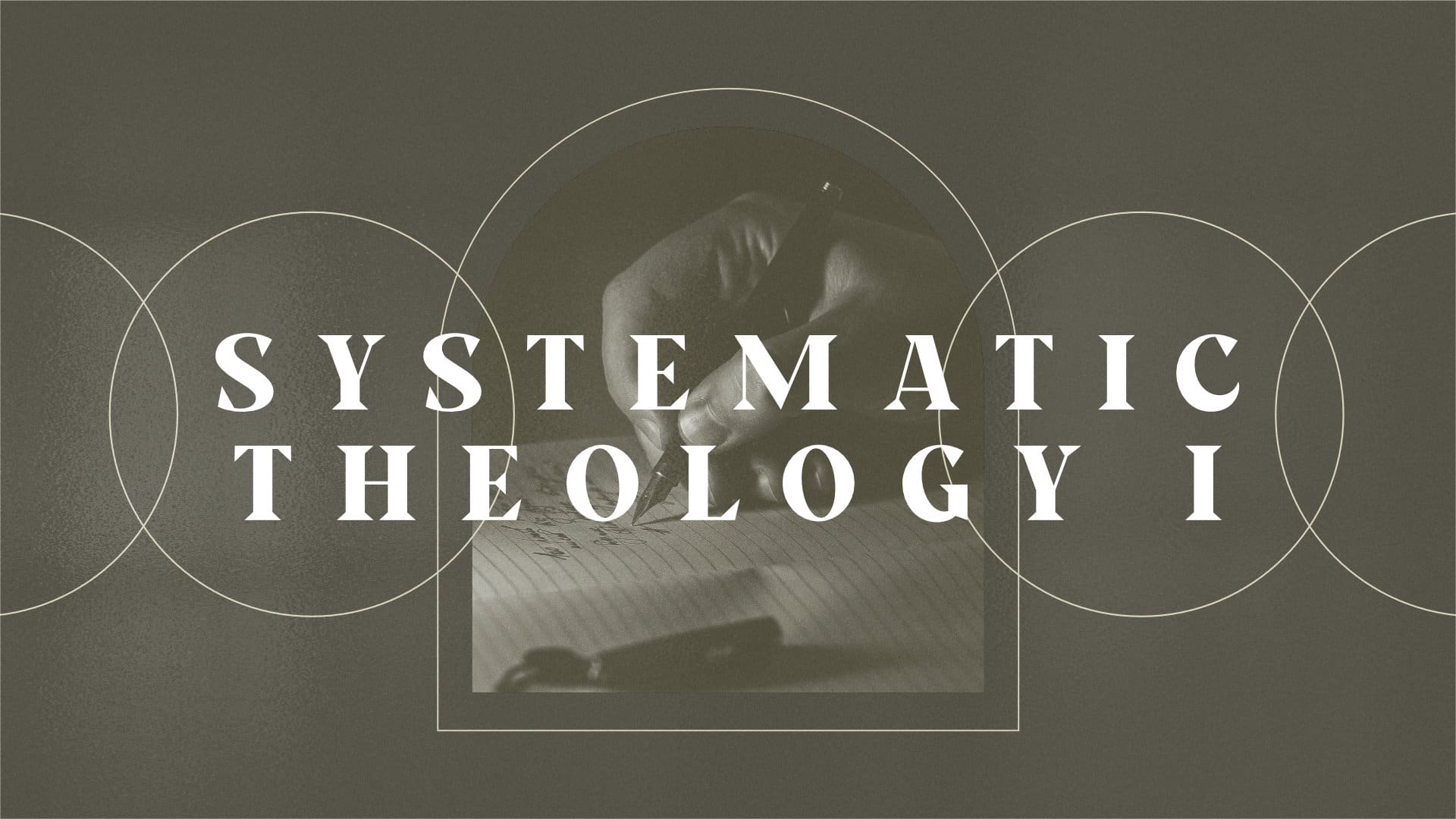

![Nehemiah [Series Overview]](https://b2270858.smushcdn.com/2270858/wp-content/uploads/2022/09/NEHEMIAH-SERIES-OVERVIEW.jpg?lossy=1&strip=1&webp=1)

